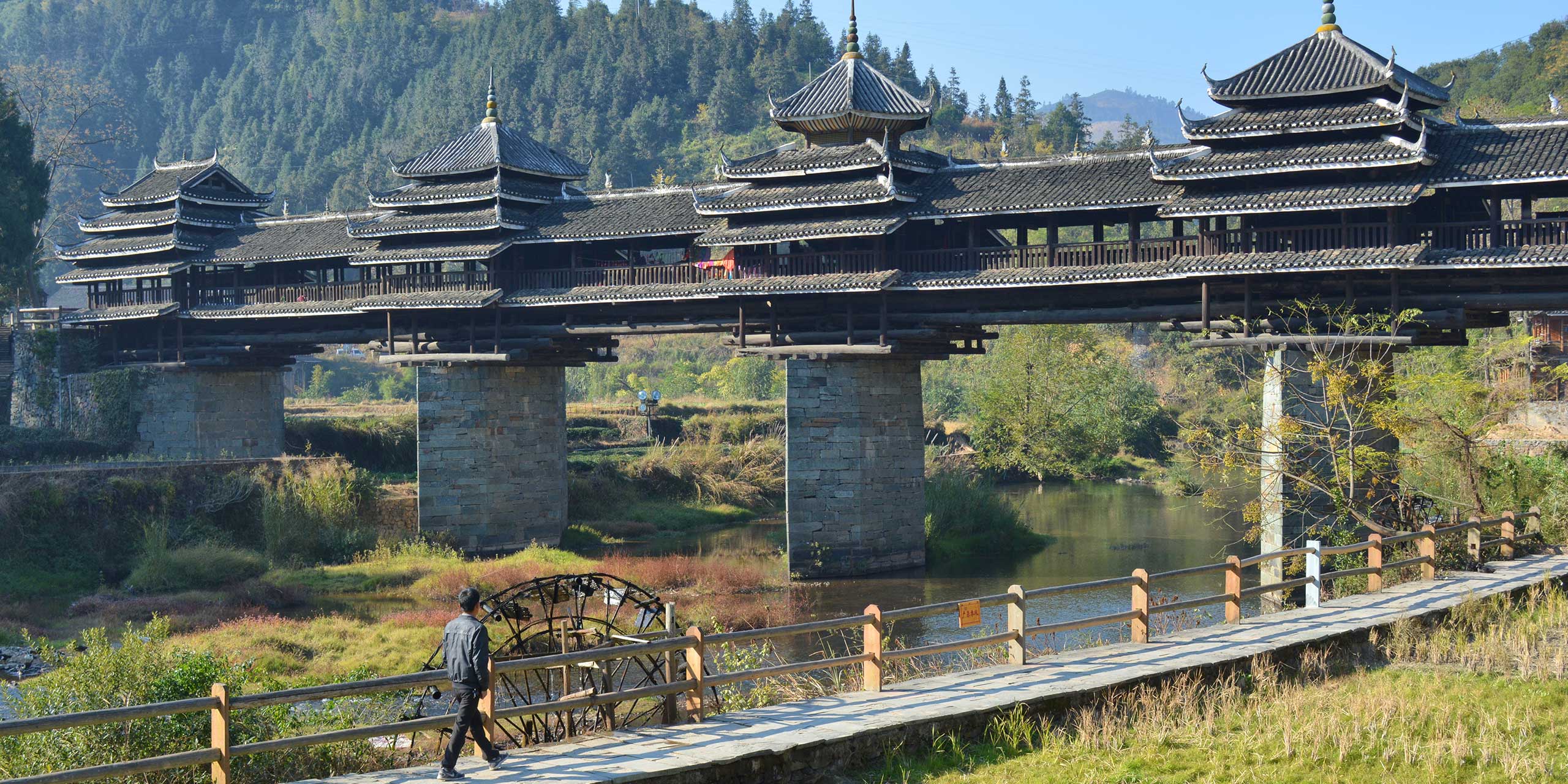
Asia is replete with UNESCO World Heritage sites from Angkor Wat to the Great Wall of China. But beyond those landmarks are many locations competing to become the continent’s next UNESCO-listed wonder. Gaining this status can lead to a hefty boost in profile and tourism for these attractions. Sitting on UNESCO’s tentative list are the remains of a Thai kingdom, a grand Indian necropolis, a tribal village in China, Indonesia’s former colonial hub, and a Cambodian memorial to a tragedy.
Qutb Shahi Tombs (Hyderabad, India)
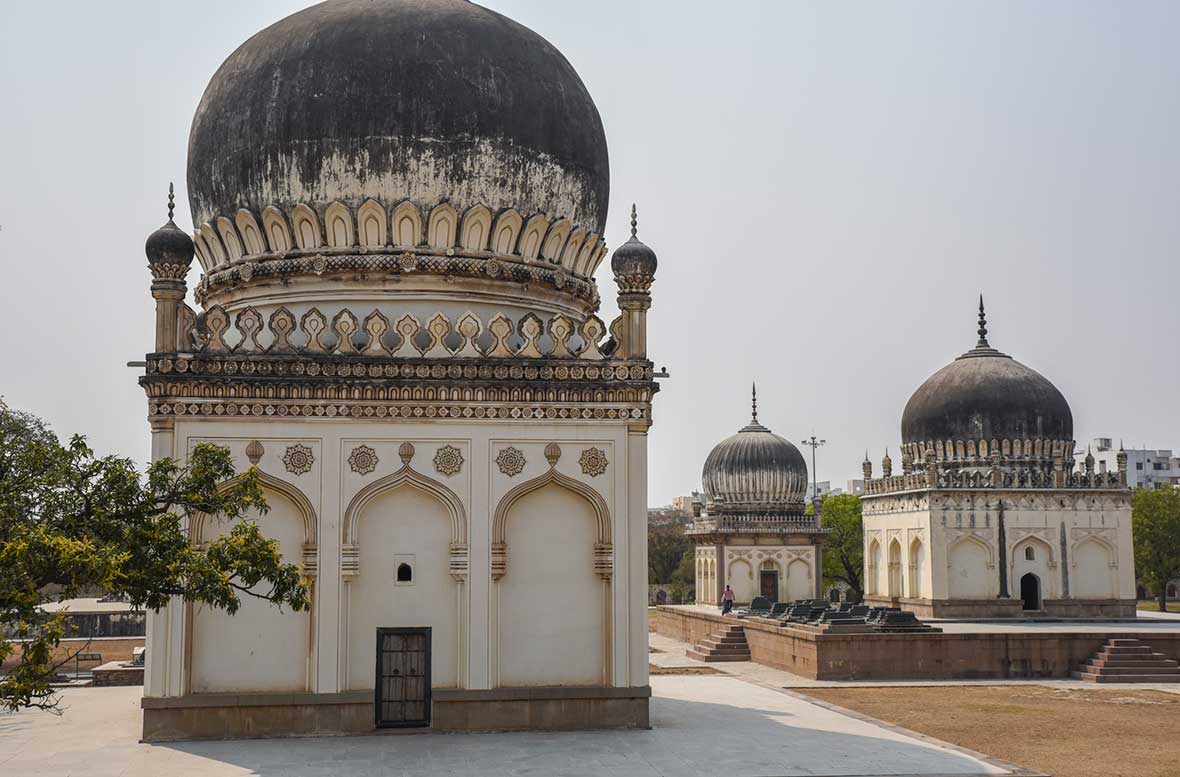
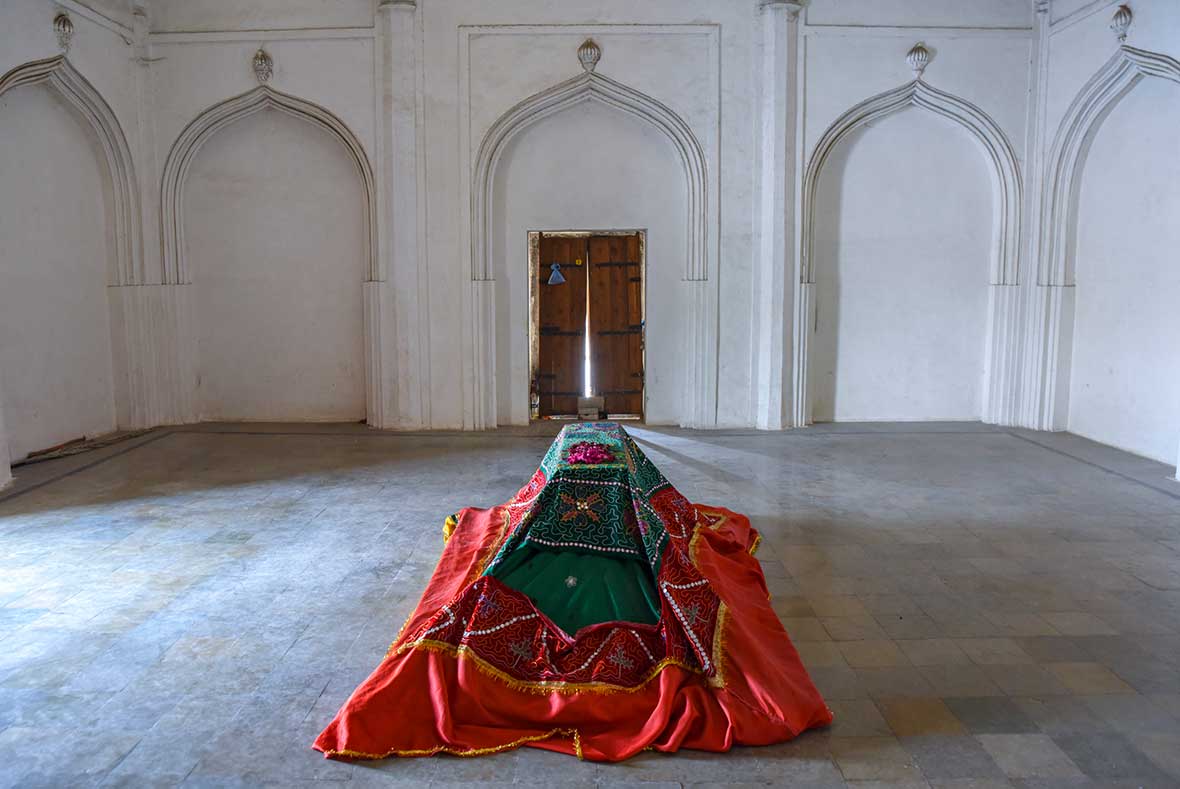
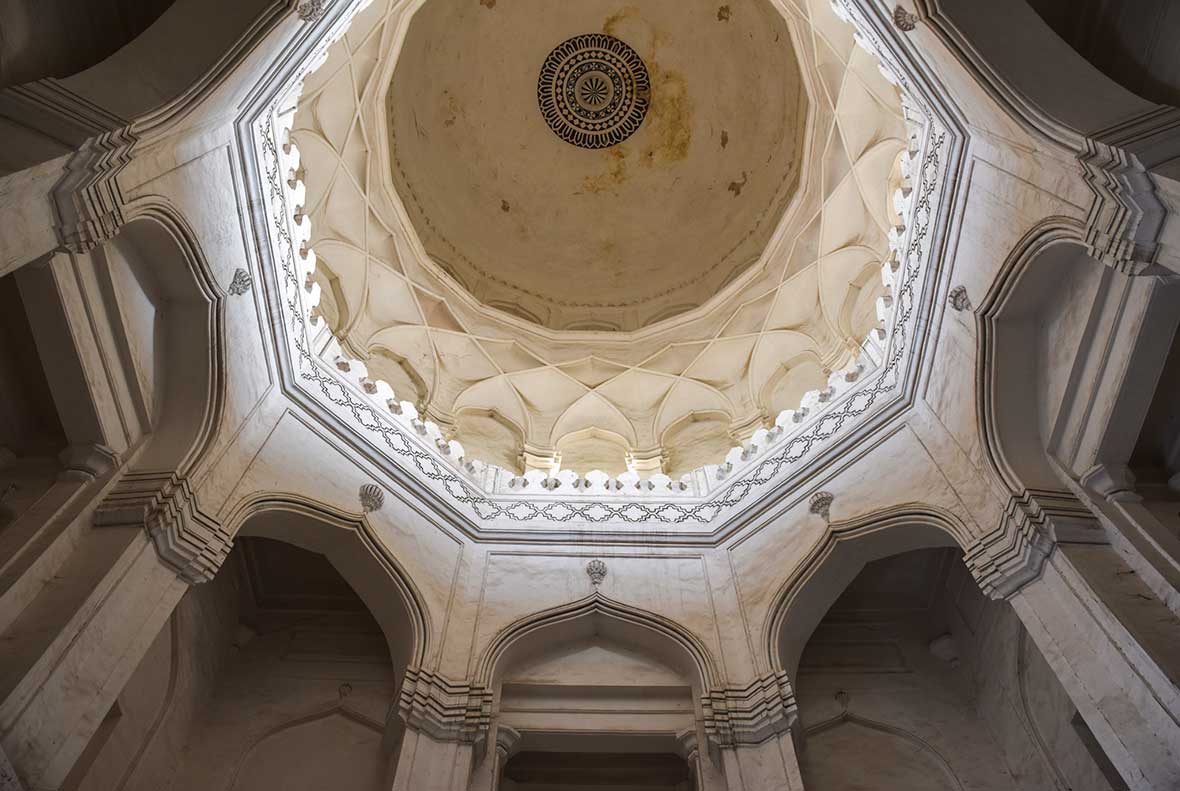
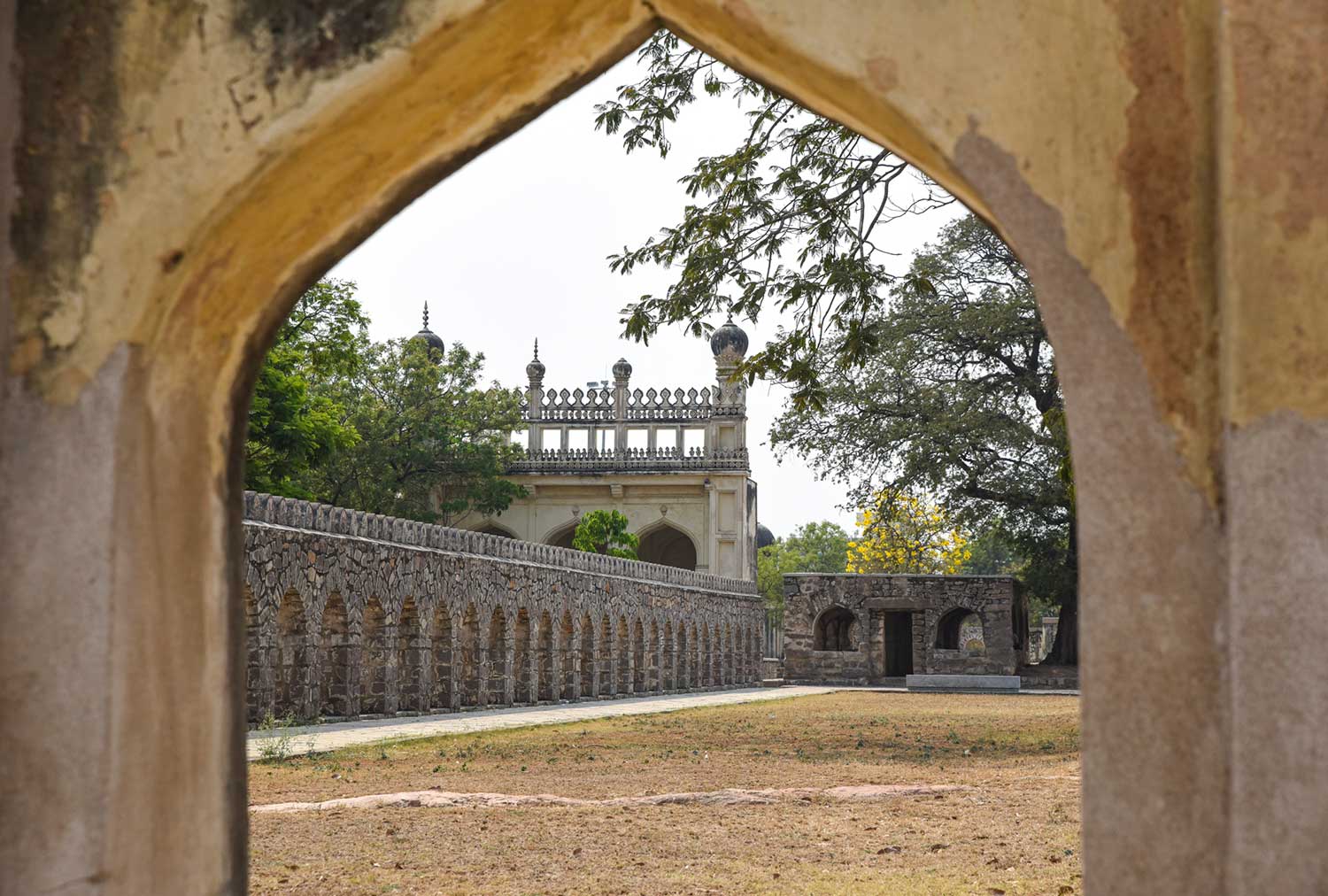
This gigantic complex of ornate Royal tombs may just be the most underappreciated attraction in all of India. Were it located in a heavily visited city like Delhi or Mumbai, instead of little-known Hyderabad, it surely would be busy with tourists.
Yet I was all but alone both times I explored this magnificent necropolis, embellished by 40 tombs, 23 funerary mosques, and dozens of step-wells, pavilions, and bathhouses. Called the Qutb Shahi Tombs, it houses the remains of members of the Qutb Shahi dynasty, which birthed this city while controlling a swathe of India between 1518 and 1687.
This necropolis is now more impressive than ever. That’s thanks to a 10-year restoration project that enlivened many of its granite mausoleums, which gracefully blend Indian and Persian architecture and stand up to 40m tall. Tourists can wander the entire site, admiring the complex floral and geometric patterns that adorn its monuments.
Lanna Kingdom Remains (Chiang Mai, Thailand)
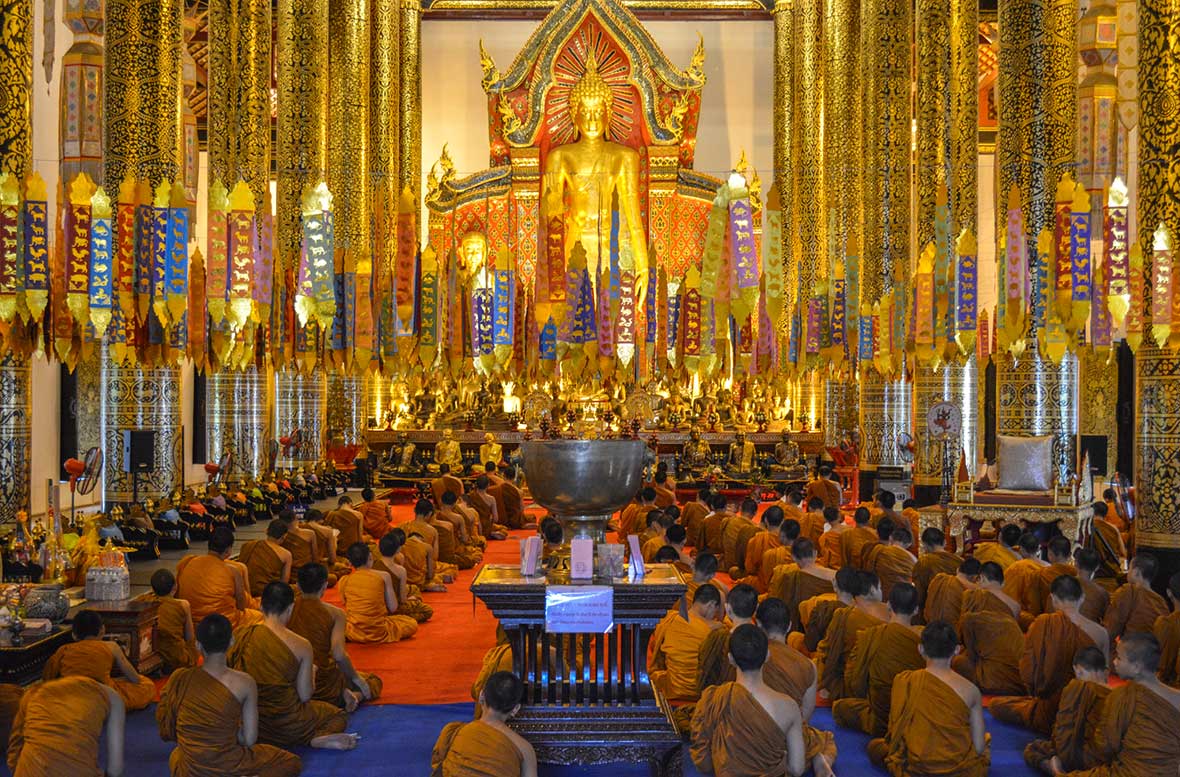
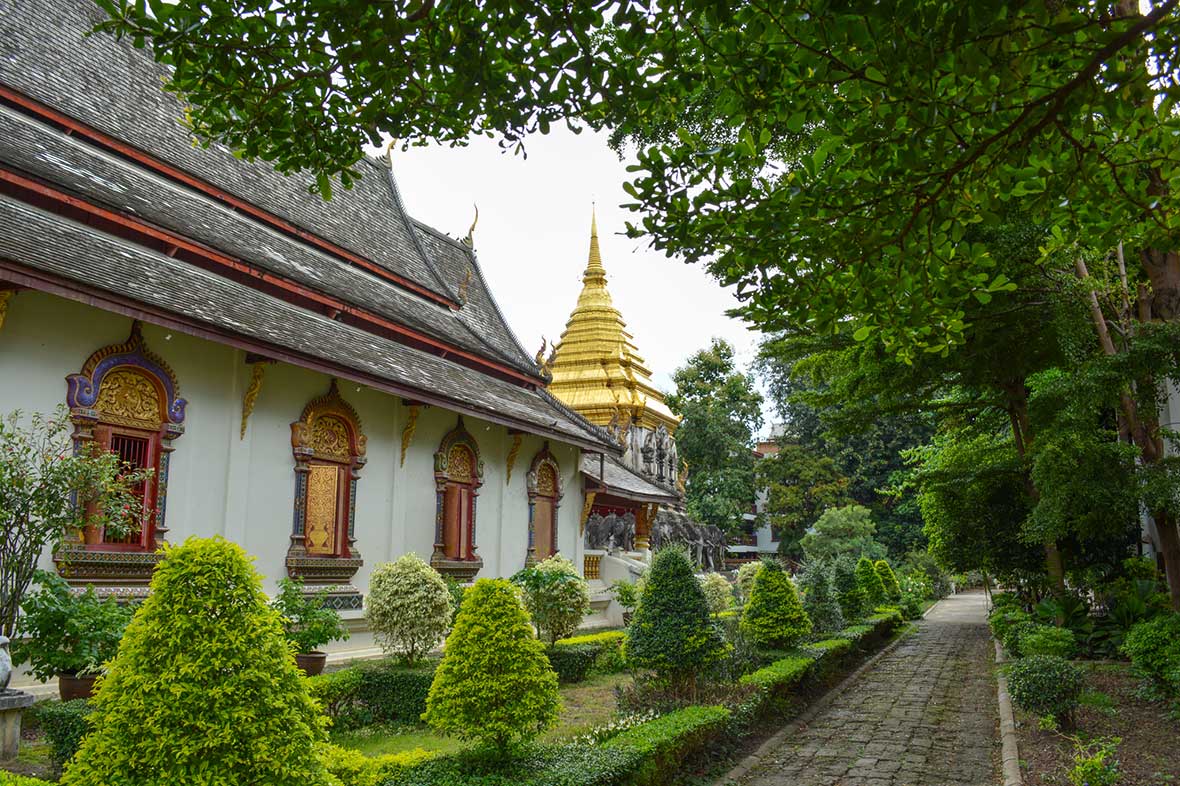
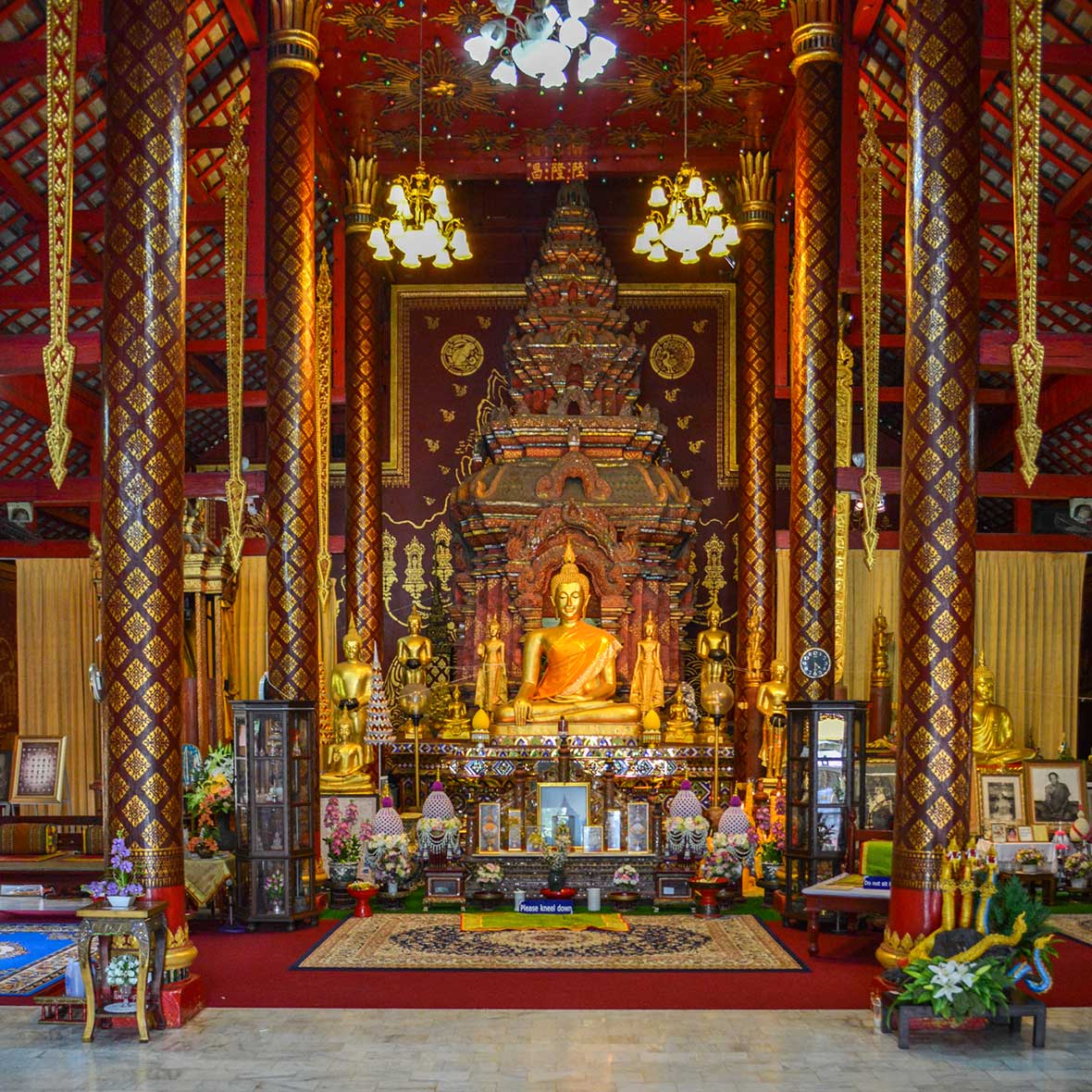
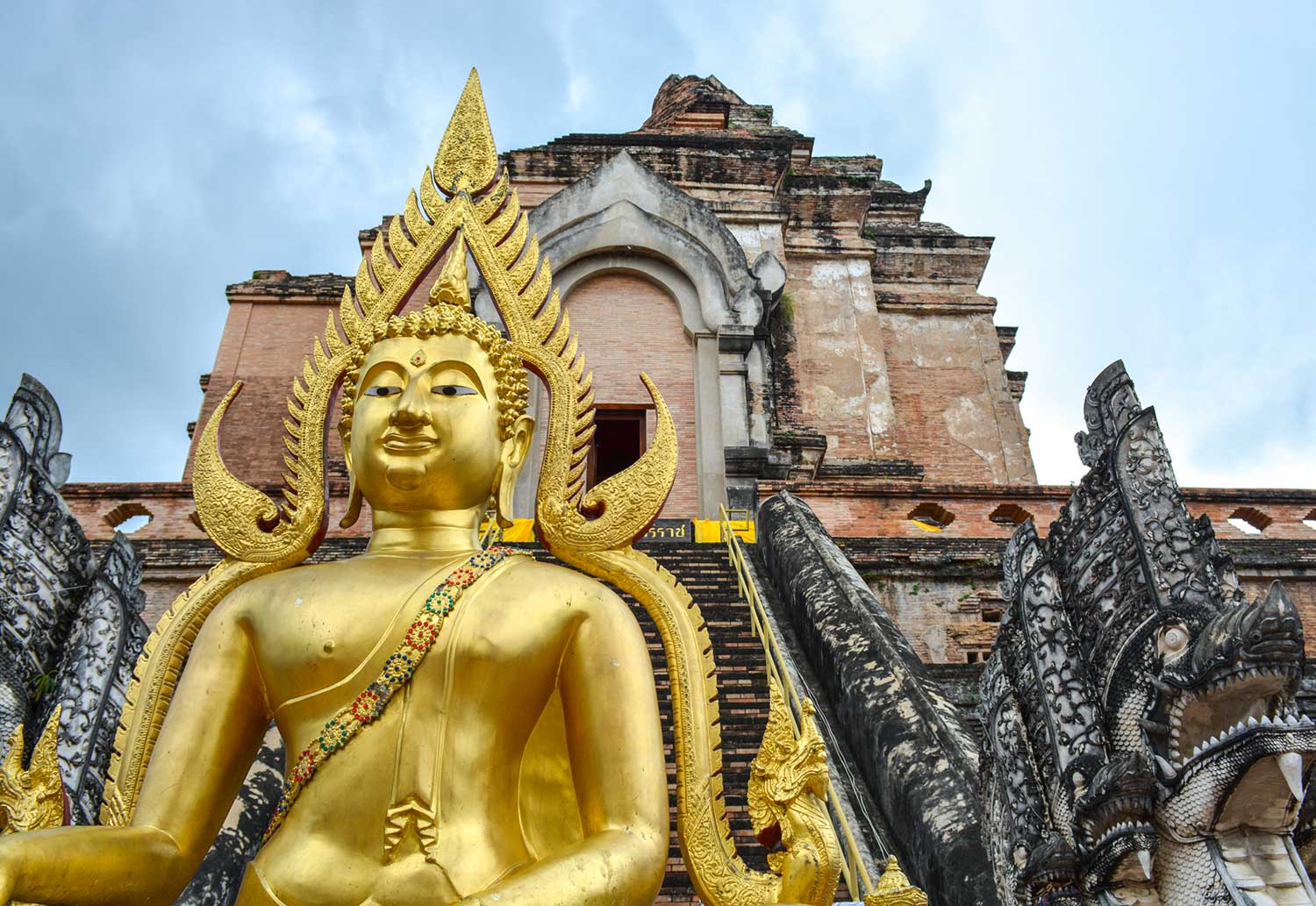
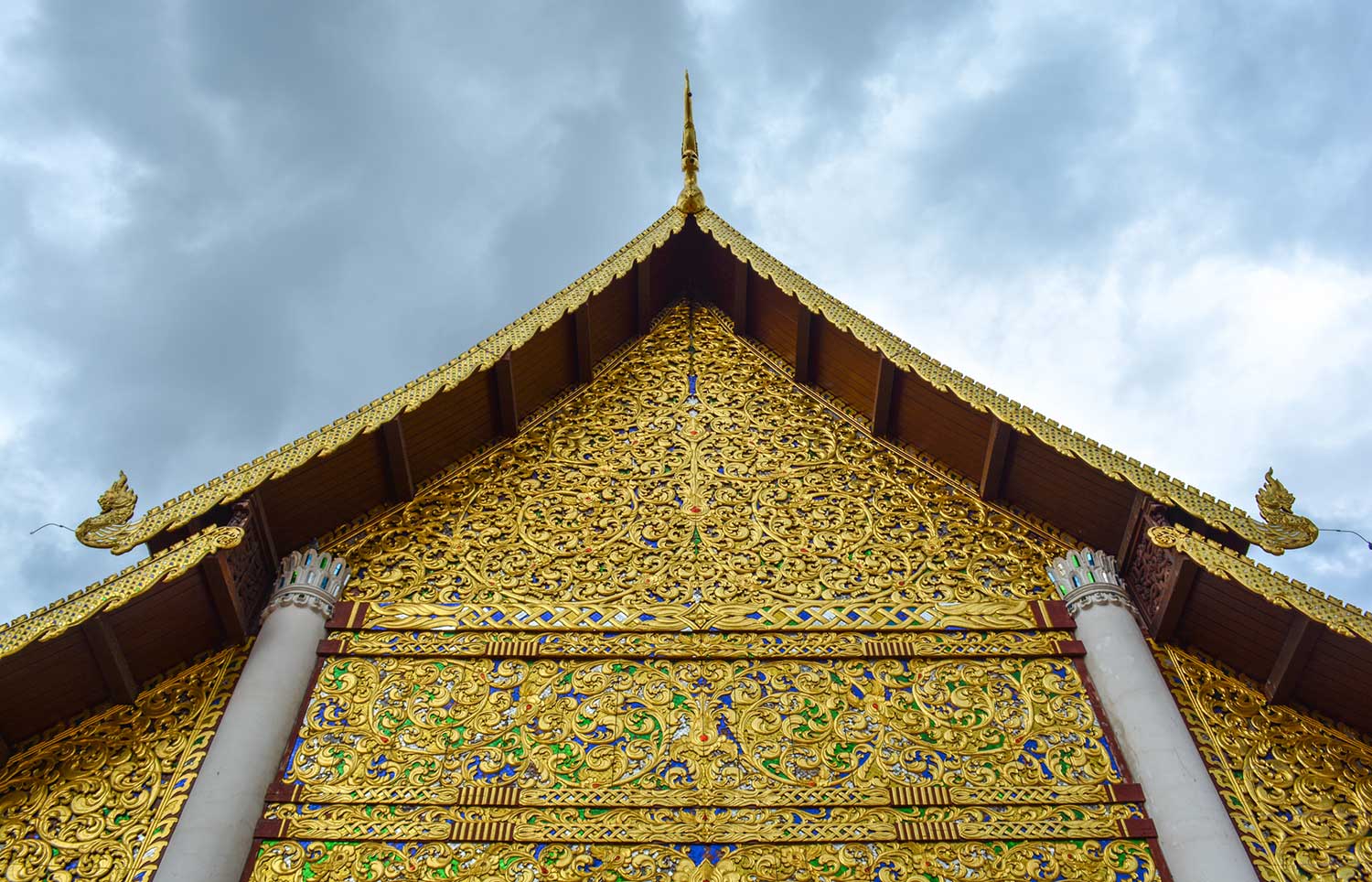
Soon after Thailand was born, an army of 100,000 men built a commanding Royal capital in its far north. Although the land now known as Thailand has been inhabited for at least 10,000 years, this nation was created in 1238, when two Thai princes ousted the Khmer Empire and formed the Sukhothai kingdom.
Yet Sukhothai didn’t command all of Thailand. About 200km to the north of its imperious capital city was the competing Lanna Kingdom, which from 1296 to 1556 ruled the area surrounding Chiang Mai.
The weathered wall which still surrounds Chiang Mai’s old town was built in the late 1200s under the instructions of King Mangrai. He employed a giant workforce of men to build this citadel as his headquarters. They also created several of the more than 40 ancient temples located inside Chiang Mai’s city walls. That includes the photogenic Wat Chiang Man. UNESCO has placed on its tentative list the “Monuments, Sites and Cultural Landscape of Chiang Mai, Capital of Lanna”.
Chengyang (Guangxi, China)
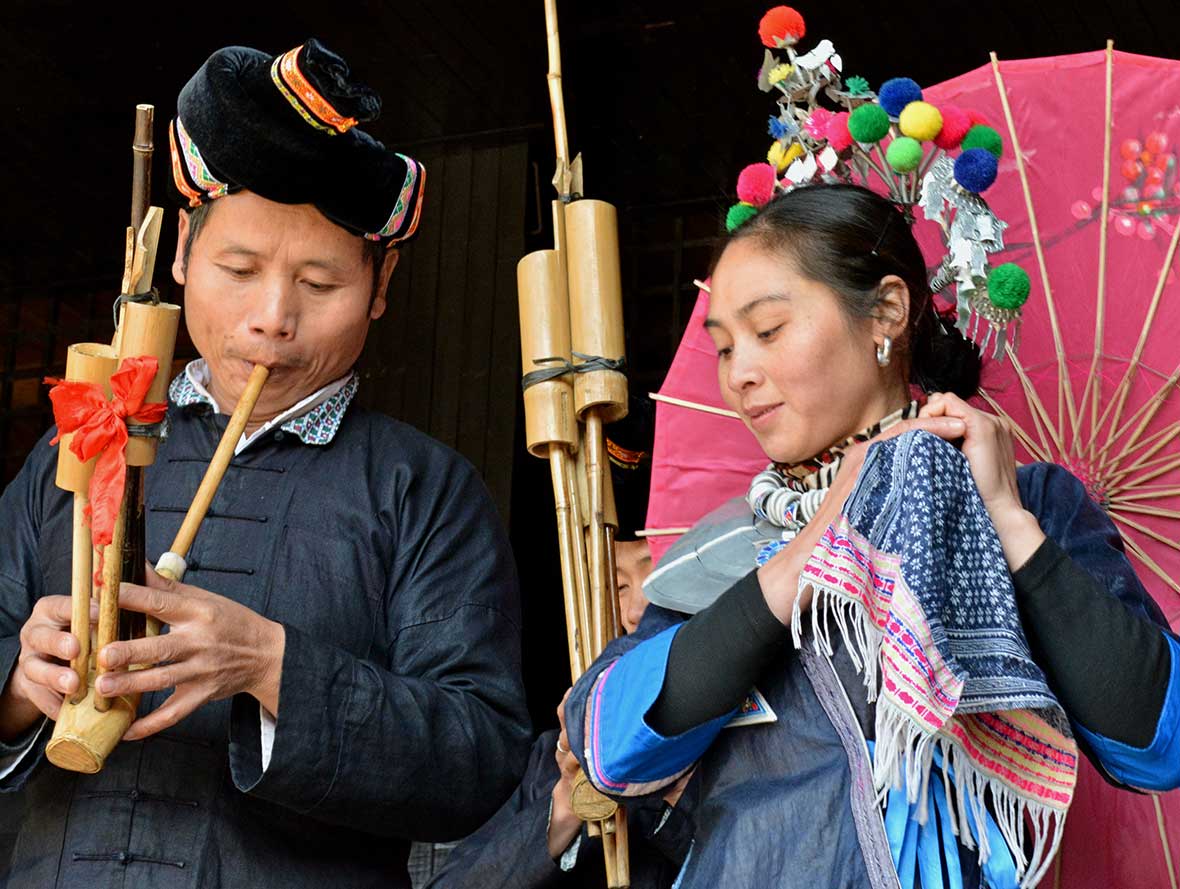
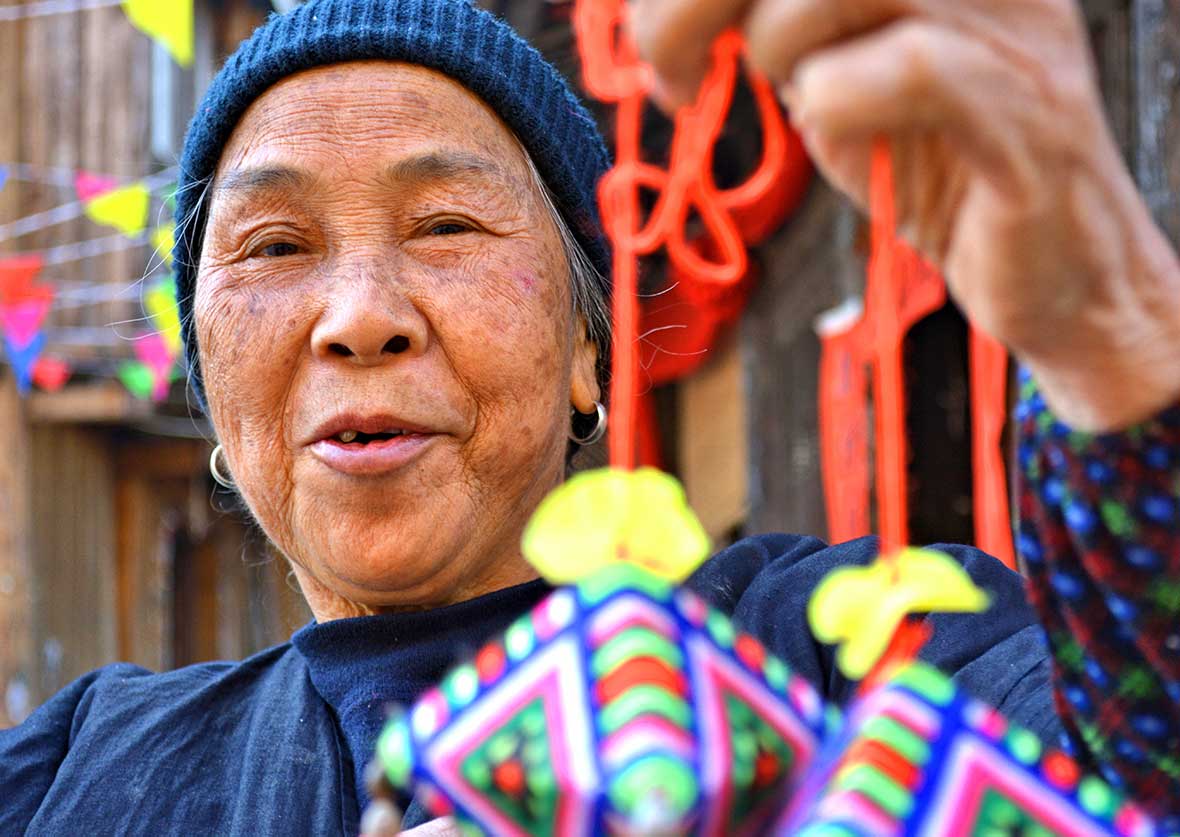
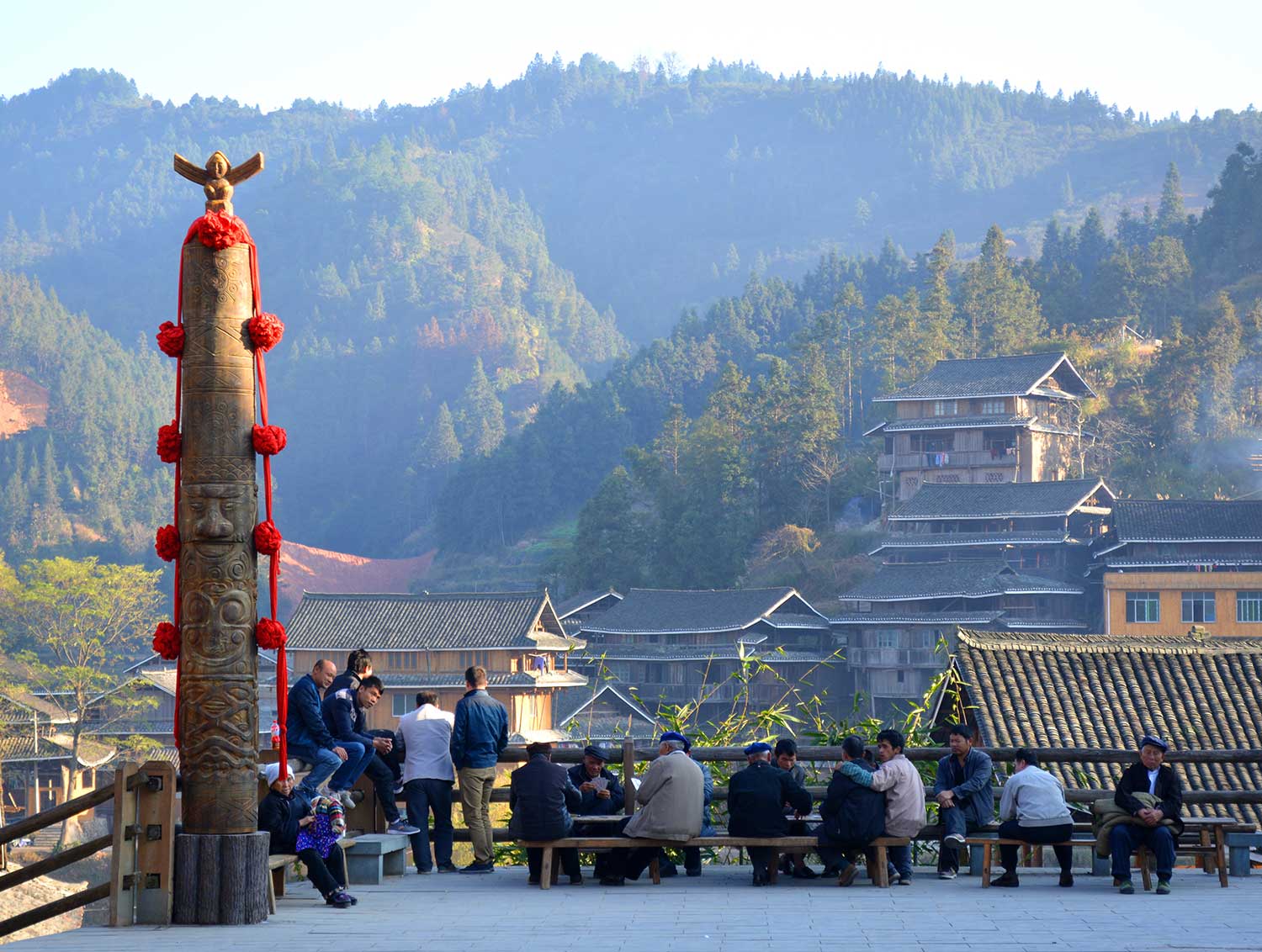
In a serene, hilly pocket of southwest China, tribal traditions persist in a cluster of Dong villages. Earmarked for UNESCO status, these 20 rural towns are inhabited by members of China’s Dong Minority, an ancient tribe who have lived in this region for more than a millennium.
One of China’s 55 ethnic minority groups, the Dong people have safeguarded their ancient culture. Many still worship nature, hold distinctive festivals, wear colourful garb, and live in stilted wooden homes in traditional villages like 1,000-year-old Chengyang.
Forested hills frame this gorgeous settlement, which wraps around a gentle river. Visitors can wander its alleys to discover historic pagodas, covered bridges, bell towers, and town squares. Located about 80km northwest of Guilin, it is becoming less authentic and more touristy by the year. But for now, Chengyang, and the other nearby Dong villages, remain an enticing portal to a bygone era of China.
Kota Old Town (Jakarta, Indonesia)
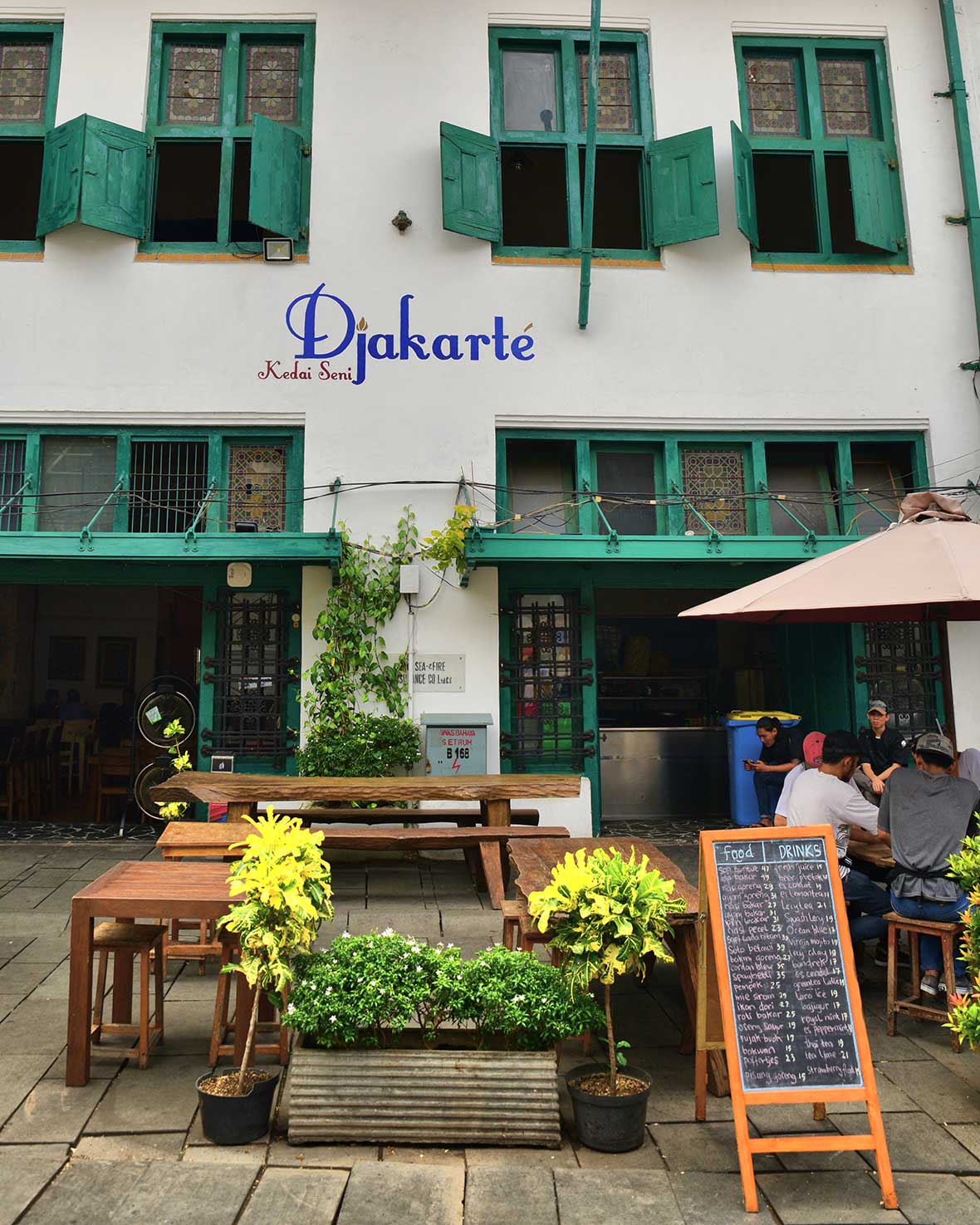
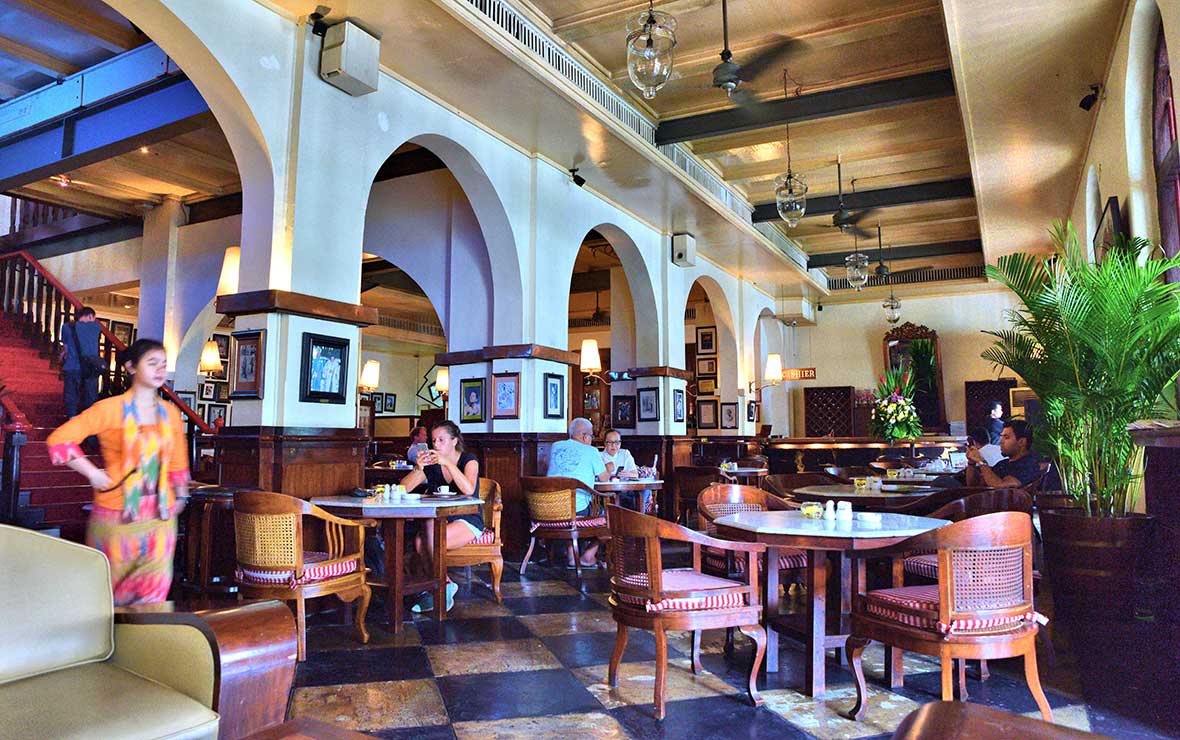
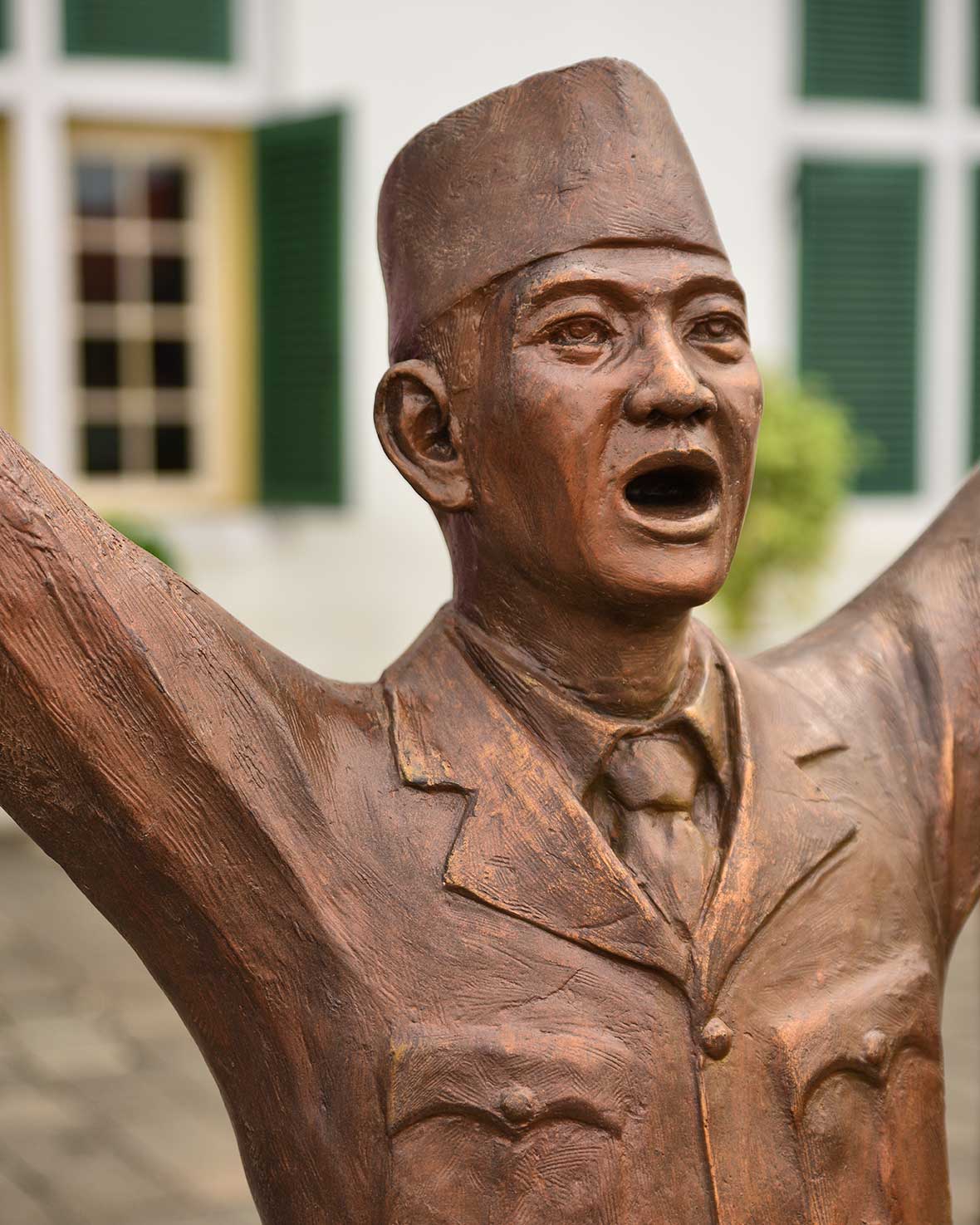
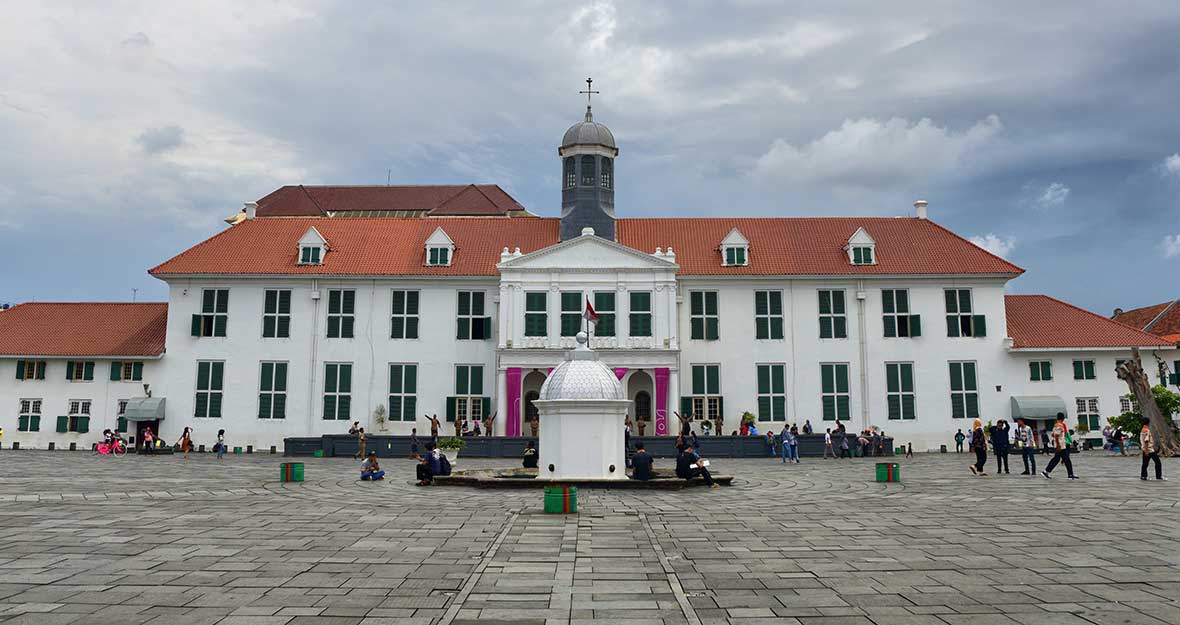
Now home to more than 30 million people, the metropolitan area of Jakarta barely has a defined centre, with many hubs having developed within its sprawl. In the 1600s, however, it had a clear middle in the form of Kota, the headquarters of the Dutch East India Company.
After colonising a chunk of Indonesia, they built their base here, at the mouth of the Ciliwung River. UNESCO praises Kota as the finest settlement ever built by the Dutch East Indian Company, with unmatched grandeur, town planning and architecture.
Although so many ancient areas of Jakarta have been bulldozed to make way for modern development, Kota’s array of graceful colonial buildings have been largely protected. Surrounding its heart, Fatahillah Square, are dozens of Dutch-era structures.
Two of the finest are now enticing cultural facilities. The Jakarta History Museum, based in the 300-year-old former city hall, unravels the tale of this city via more than 20,000 items. Meanwhile, the nearby Wayan Museum showcases Indonesia’s ancient art form of puppet theatre.
Choeung Ek Genocidal Centre (Phnom Penh, Cambodia)
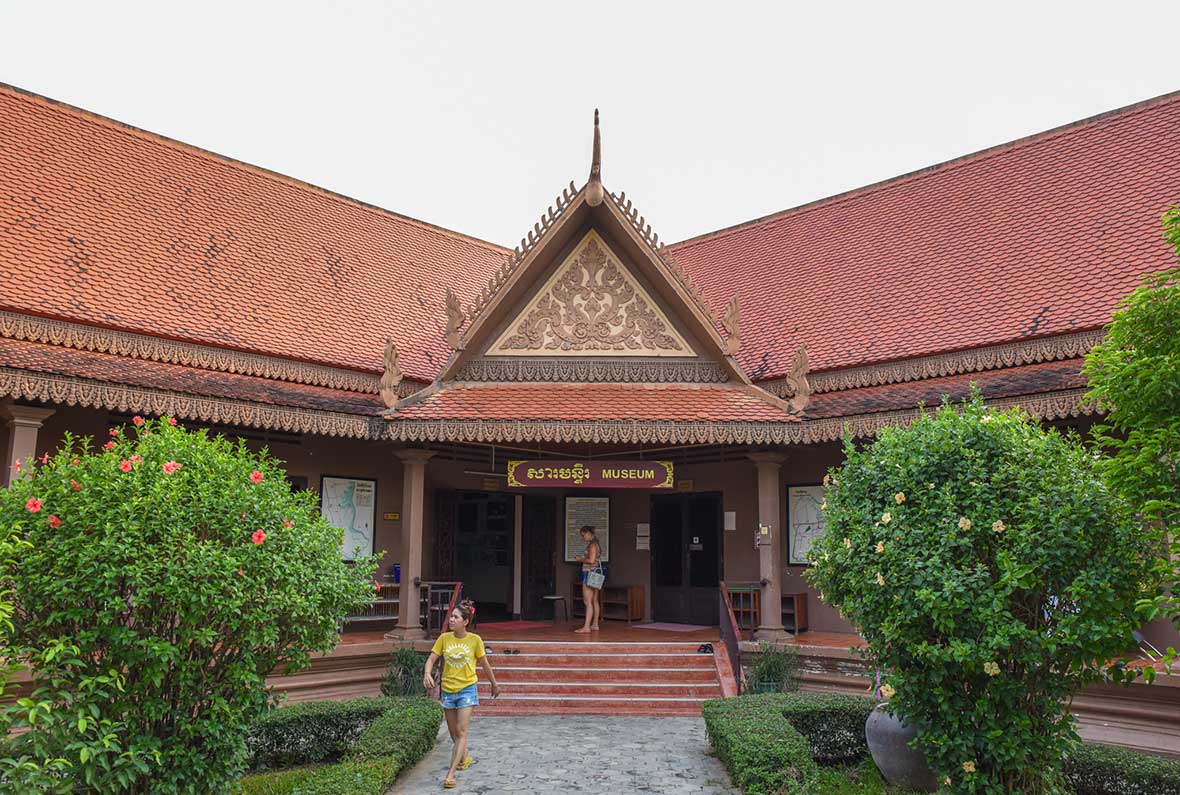
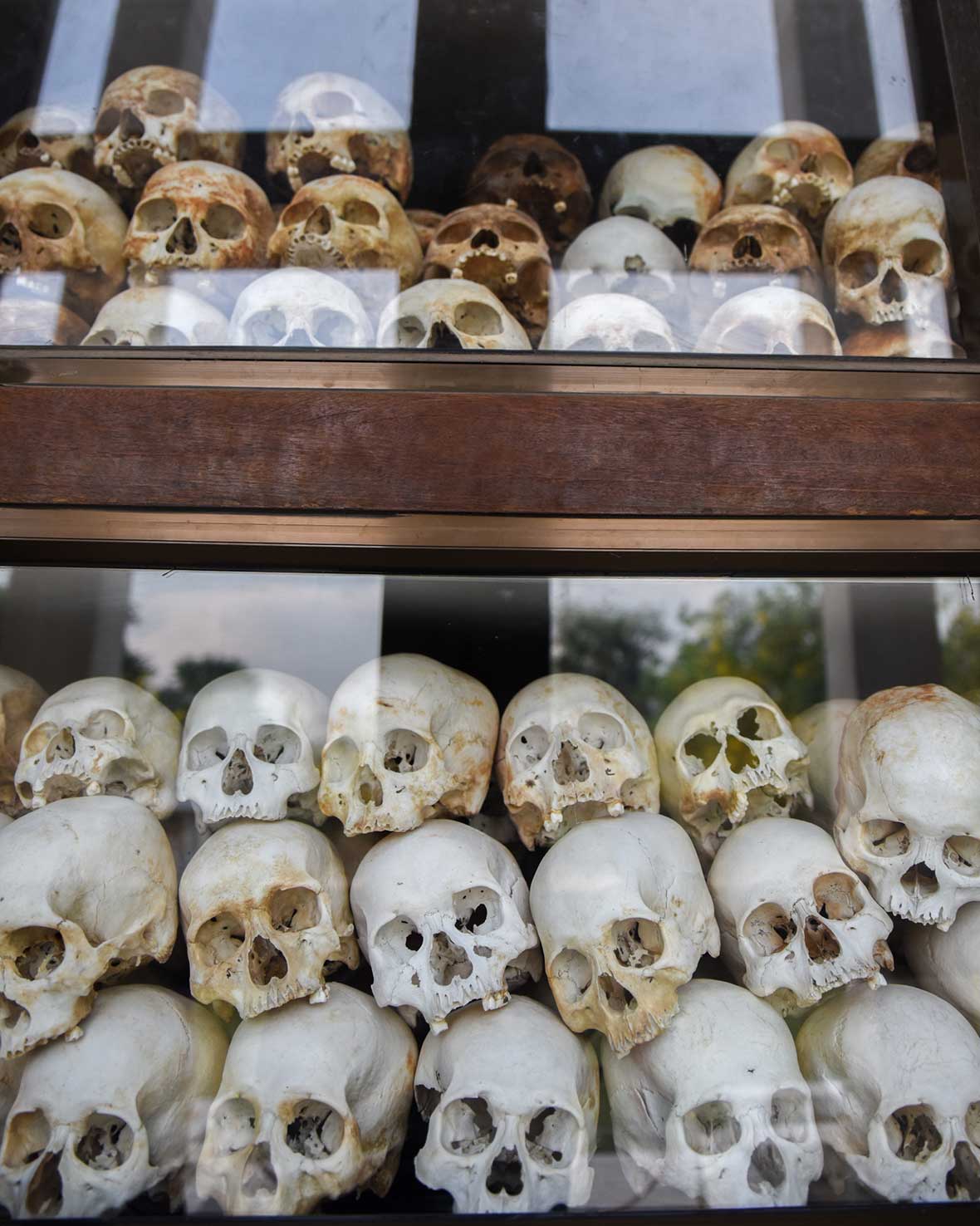
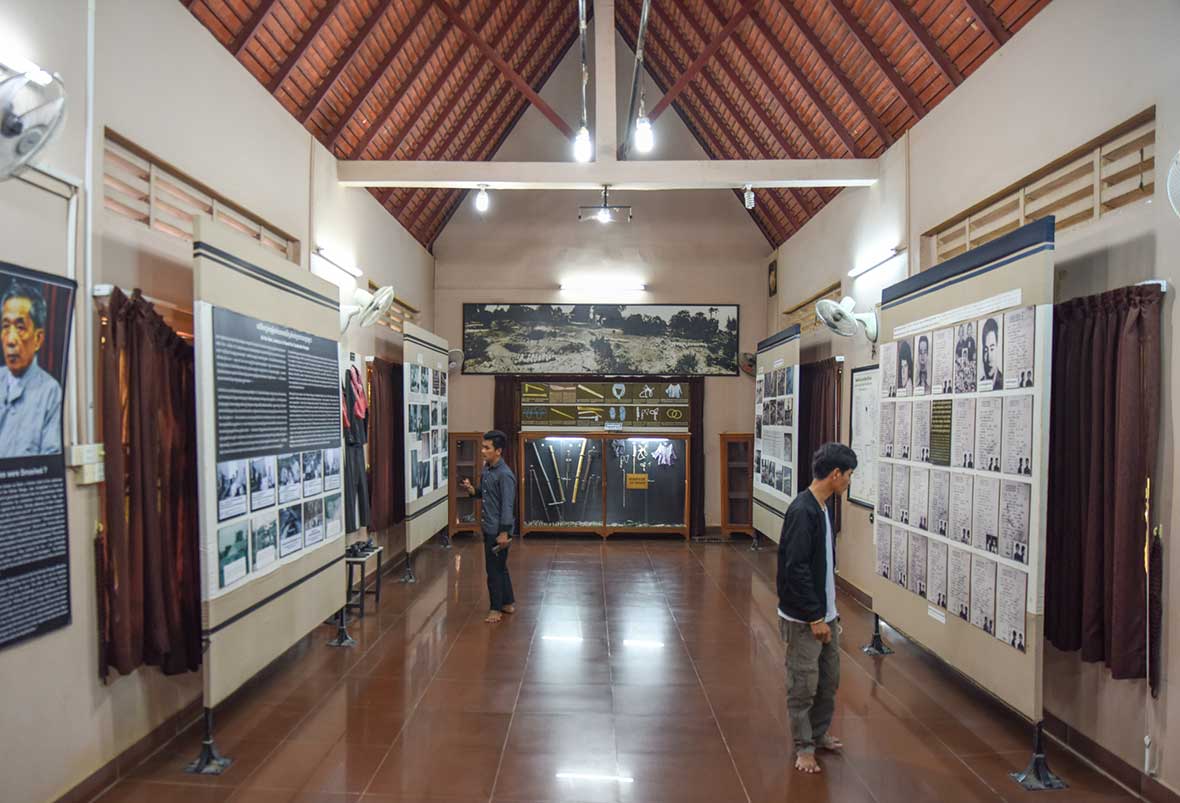
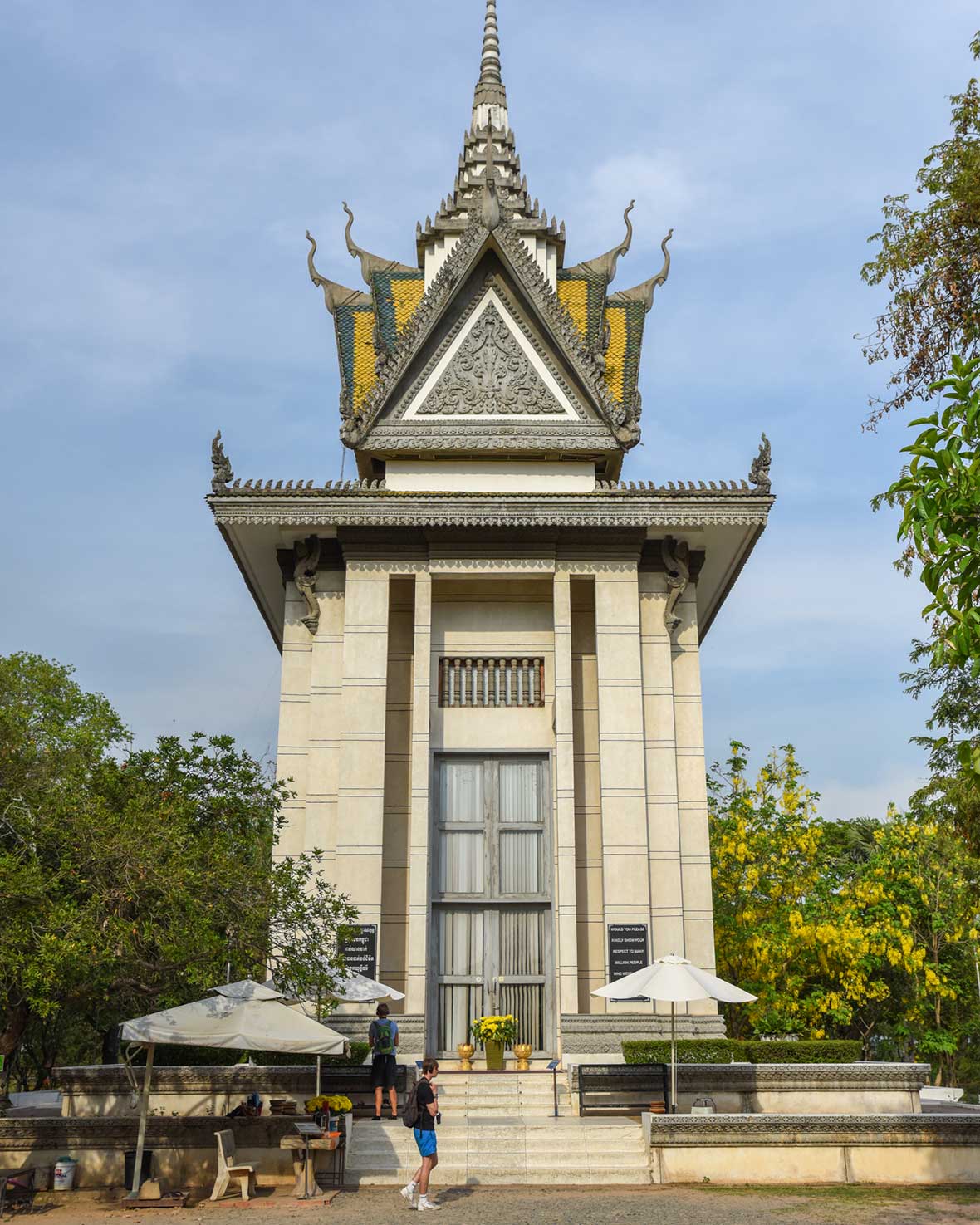
Part of me wishes I could unsee some of the exhibits at Choeung Ek Genocidal Centre, which disturbed me more than any location I’ve visited. Yet it’s also important to acknowledge the horrors it recounts and pay respect to the victims of the ghastly Khmer Rouge.
As this Phnom Penh museum explains, that revolutionary movement caused the deaths of almost 2 million Cambodians in the 1970s. The Khmer Rouge seized Cambodia by force and tried to return Cambodia to an agrarian society. Their chief strategy was mass murder. Anyone who seemed a vague obstacle to their goal was slaughtered or imprisoned in horrific conditions that caused their death.
This open-air museum sits on the site of one of the Khmer Rouge’s chief execution facilities. Tourists can wander this site, reading about the atrocities which occurred here and across Cambodia. Most will never forget laying eyes on its stupa, filled with thousands of skulls of victims of this genocide.
